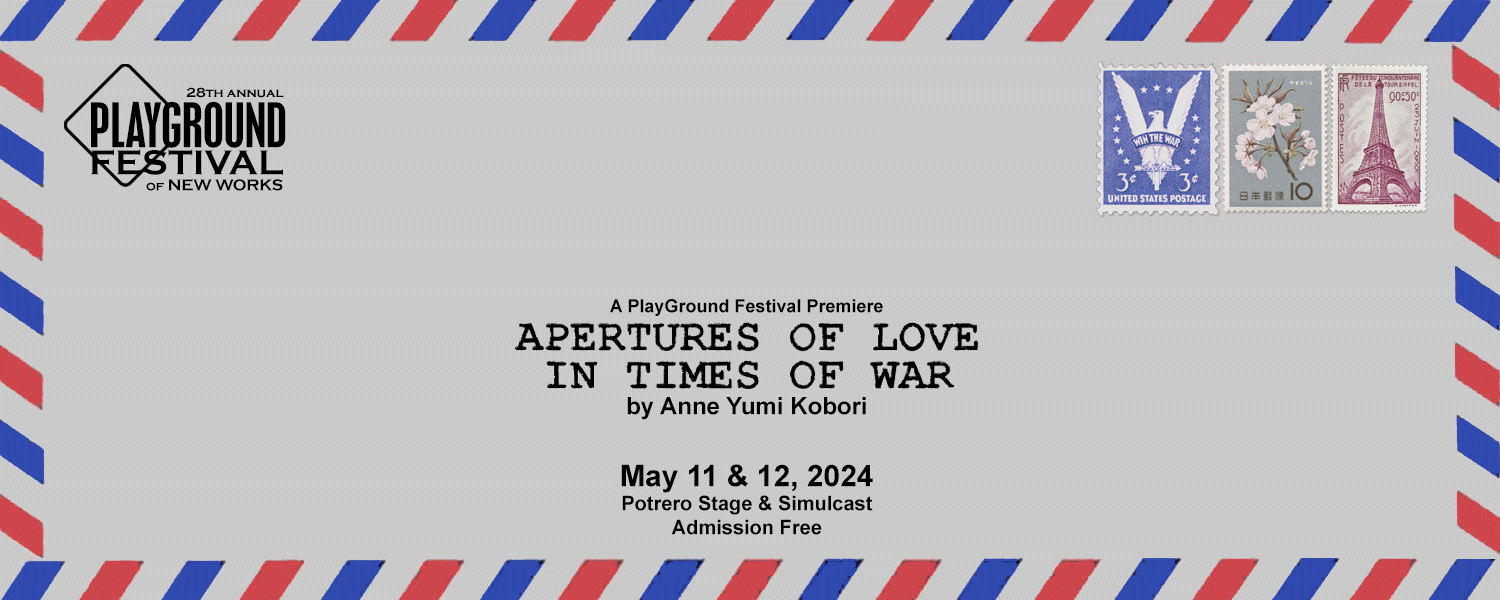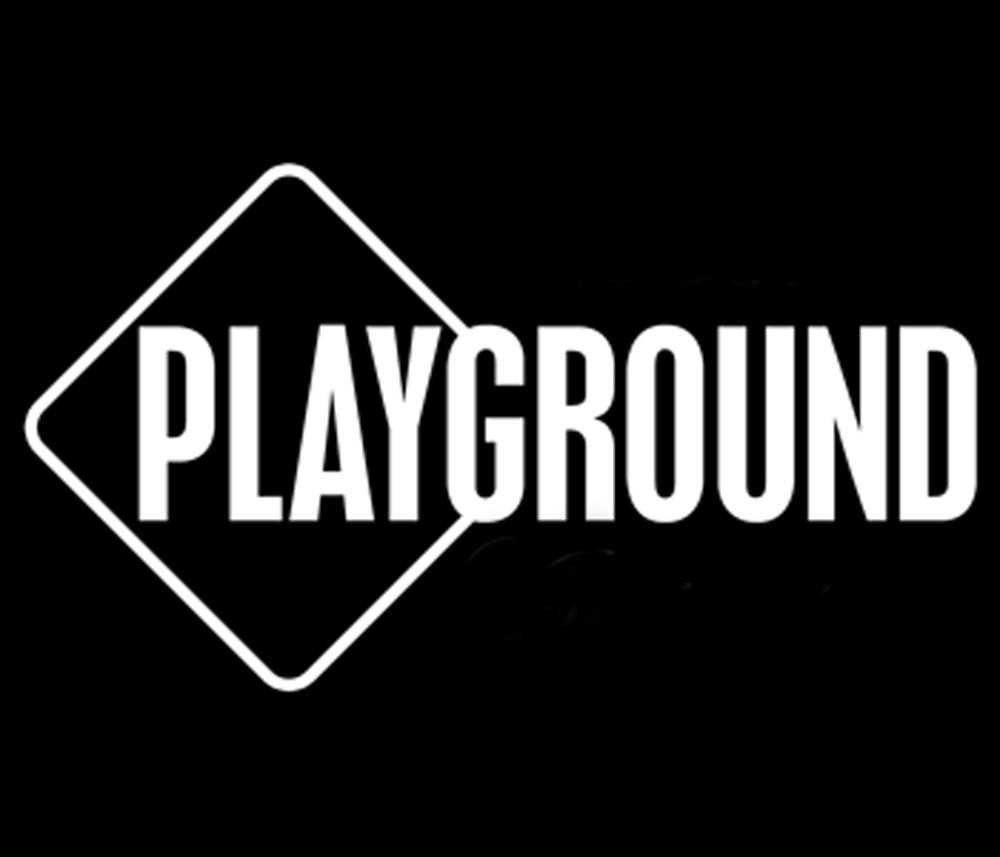Interview with Anne Yumi Kobori, playwright of APERTURES OF LOVE IN TIMES OF WAR
 Get to know Anne Yumi Kobori, playwright of APERTURES OF LOVE IN TIMES OF WAR by (a Festival Premiere Presentation)
Get to know Anne Yumi Kobori, playwright of APERTURES OF LOVE IN TIMES OF WAR by (a Festival Premiere Presentation)
May 11 & May 12 7pm PT – Reserve Tickets Here
Potrero Stage & Simulcast/On-Demand thru May 31
Admission: $0-$50 (donations gratefully accepted) or Festival Sponsorship
APERTURES OF LOVE IN TIMES OF WAR follows Ed, a Mexican-American photographer turned war correspondent, and Aya, a Japanese-American writer. Their love affair spans a vast ocean of time and space, but they cannot escape the brutal reality of their forced separation during World War II, when Aya was imprisoned in the Japanese Internment Camps, and Ed risked his life to capture photographs of war-ravaged Europe. Over the course of a tumultuous affair, they unite in their crusade to report the truth about the war-torn world. A play that re-examines what it means to be an American through the lens of the country’s not-so-distant past. Featuring Michael Barrett Austin (Marty), Justin Hernandez (Ed), Brian Herndon (Jean-Baptiste), Julie Kuwabara (Gabriella /Miyo), Sakura Nakahara (Aya), and James Aaron Oh (Takahashi).
Anne Yumi Kobori is a Japanese-American playwright, actor, producer, director, and teaching artist. As a director, she has worked with Utopia Theatre Project, EnActe Arts, Los Altos Youth Theatre, and SF Shakespeare Festival, where she spent 5 years as Education Program Manager. Her full-length plays Seeds, Every Day Alice, and her adaptation of Chekhov’s The Seagull have premiered with Utopia Theatre Project. Currently, Anne is a co-writer for Braided, a play exploring Native American liberation and Japanese American resilience, in development with Theatre of Yugen. BA Theatre Arts, summa cum laude, Santa Clara.
HEAR FROM THE PLAYWRIGHT:
What was the initial inspiration for the play?
I have written several short plays about my family’s experience of being forcibly relocated and incarcerated during WWII, as over 120,000 other Americans of Japanese descent were. After reading the biography “Blood and Champagne” by war photographer Robert Capa, the character of Ed emerged. With Aya’s perspective of forced imprisonment on the home front and Ed’s perspective of the European Theatre, their love story in letters came alive on my typewriter.
Can you tell us more about the title?
I must give title credit to mi amor Ismael Diaz for Apertures of War, and the immortal Gabriel Garcia Marquez for Love in Times of… Only steal from the best.
What were some challenges in writing a history-based play that spans such a vast amount of time and space?
Of course, a large amount of research and fact-checking (from Director Katja and the cast) was involved in this process. However, this play is still a work of fiction! Instead of getting caught up in historical details, I would encourage the audience to engage with these new and fictional characters on their journeys through the wars.
The most challenging aspect of Apertures was weaving together the separate storylines of Internment, the Western Front, and the French Resistance in a non-linear timeline. I found that repeated use of certain props, such as the camera, typewriter, and even coffee cups, was instrumental in linking the connected scenes and characters.
Was there anything particularly challenging or surprising that came up while writing this play that touches on aspects of your personal or family history?
My grandmother’s family was interned in Manzanar during the war, and my grandfather’s family was interned in Poston, Arizona. I have been on a pilgrimage to Manzanar with my grandmother Joanne Kobori, and seen the desert site and a replica of the barracks, fence, and guard towers. The process of setting one interpretation of this experience on the page is more healing than challenging. I feel it is my duty to my family to share these stories of our history.
The play is made up of vignettes of photographs, music, and dance. Can you tell us more about how these elements contribute to the experience of the play and what they mean to you and your process?
I always feel that music and dance produce more vivid theatrical experiences for both character and audience. The photographs were an important historical reference point and a reminder that this story is being told after the wars are over, through Aya’s writing and Ed’s photography.
If you had a chance to meet one of the characters in your play, who would you choose and what would you ask them about?
I would love to share a swing dance and a Lucky Strike with Takahashi. I’d ask him what he did and where he went after the war because even as the author, I honestly have no idea!
For more information on Apertures of Love in Times of War or to reserve tickets, click here.
